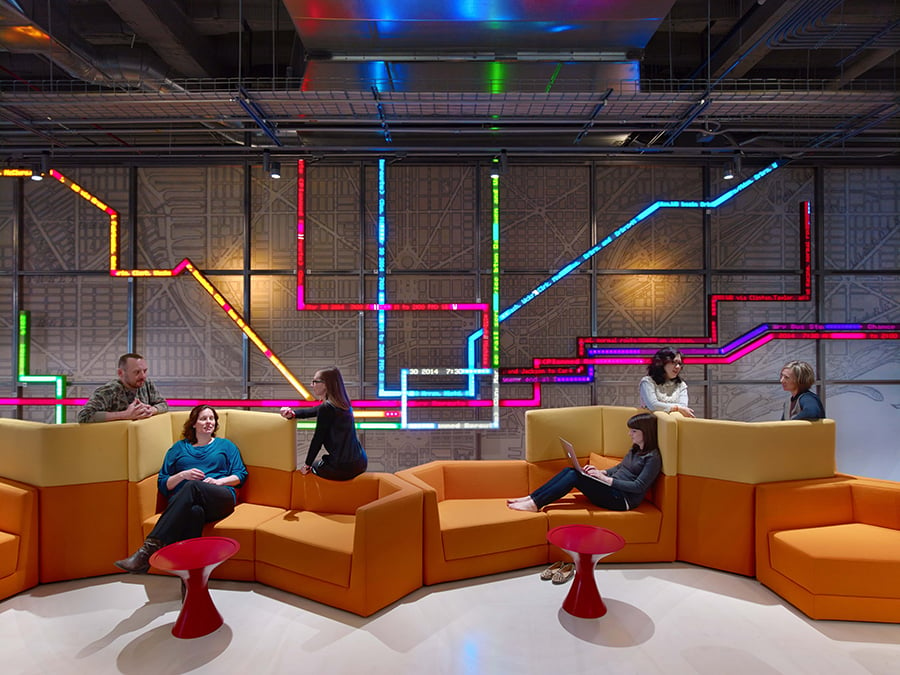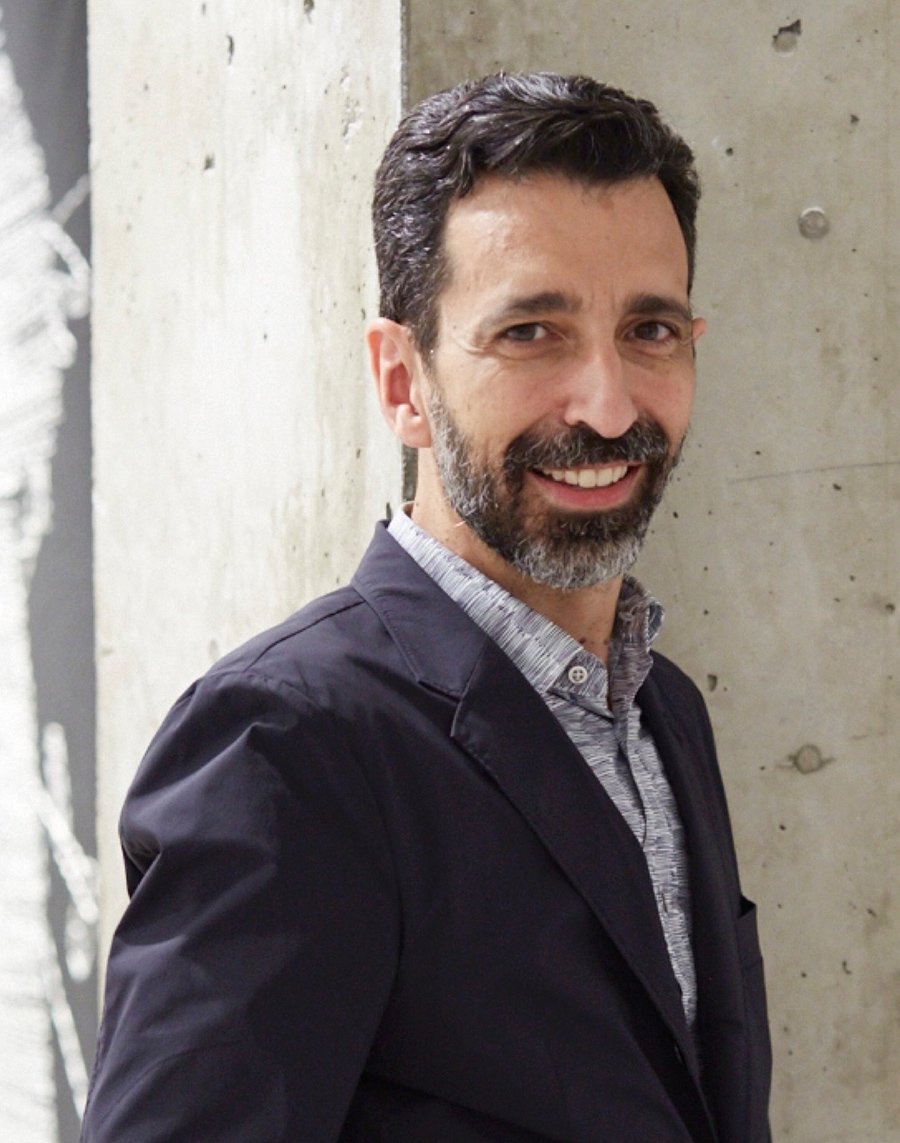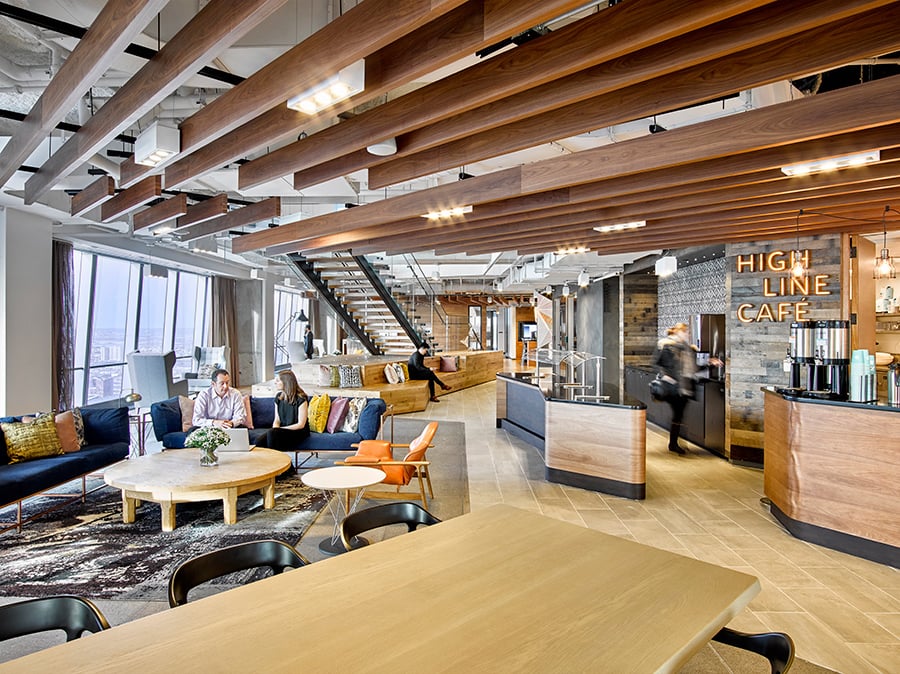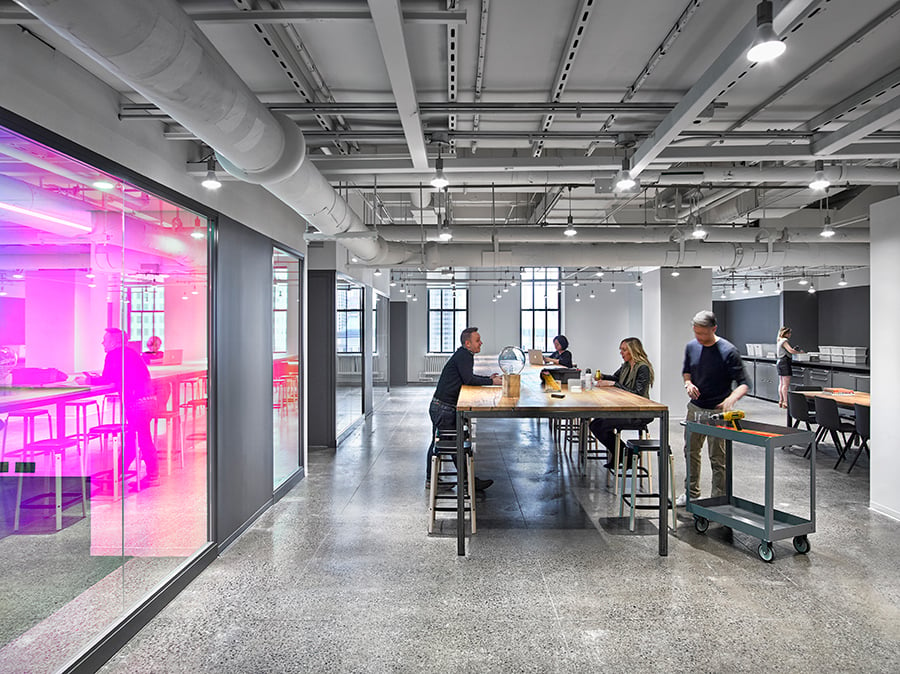
February 5, 2018
Gensler’s Carlos Martínez On the Importance of Designing Workplace “Beta Spaces”
Martínez, a consumer-goods practice-area leader at Gensler, chats with Metropolis editor-in-chief, Avinash Rajagopal, about not being afraid to experiment in office design.

Avinash Rajagopal: Where do you see the American workplace going?
Carlos Martínez: I was talking last week to a client of mine who had read a post that I did on Gensler’s blog in 2014. The blog post speaks to the advent of coworking. Nobody then knew exactly what coworking was. I had happened to be involved doing two coworking spaces at that time, and it was starting to anticipate some of the shift that we were going to be seeing in corporate America. Now, WeWork has ended up coming onto the scene. But the particular project I’m working on now asks how to bring divergent things together so people communicate, so you accelerate some innovations, where particular teams working on different sides of the enterprise can understand where things need to go.
I coined a term in the blog post called “beta spaces.” And this space is exactly that. It’s meant to come to market in a very short amount of time. It’s meant to last for probably 12 to 18 months. And from there we’re going to take a lot of lessons so we can then apply and scale, so we can scale up.
AR: But what does a successful beta space look like?
CM: There are three big investments that a company makes around their business. There’s people, there’s technology, and there’s real estate. The motto is that you invest and you optimize. So you hire people and you invest in them. Technology is the same way. Nobody buys technology to let it depreciate. Why is real estate the only element that is depreciated from the time that you move in? This notion of beta space is to do the opposite—to create an environment that actually gets better over time. If you go to the beginnings of all these great companies, the metaphor of the garage is legendary. Why? It’s a very flexible environment. It can be many things. And, more important—this is a very risky thing for me to say, being in this industry—the space doesn’t matter that much. Because the workplace, at that stage, is a state of mind.

AR: I want to bring this around to the world of NeoCon—the world of product manufacturers. What do you think their focus should be in order to support the way you are thinking about workplaces?
CM: After grad school, my first job at a firm was to help install a showroom for Herman Miller at the Mart, when they introduced Ethospace. So I have this great relationship to NeoCon because of that.
At the height of Postmodernism, a lot of very big names, including Michael Graves, were being brought in to create showrooms that were interpretations of this new language of architecture. At that time, this kind of world of image—the image of architecture—was such an important part of talking about product. But what makes NeoCon exciting now is how it allows people to understand this idea of experience for the workplace, of being surrounded by people who are reacting and looking at these new ideas. NeoCon brings the optimism of what we’re all trying to create about better workplaces and better ways of working that support what people do.
AR: What are some of the frontier things you have your eyes on now that you think people are going to start paying attention to three or five years from now?
CM: The funny thing about this stuff is that nothing is new, right? The world of design relies heavily on intuition, gut feeling. I think what’s happening right now is that we’re understanding a lot more about how experiences work and how certain things go together. How textures and colors and fabrics and form go together. There’s a lot of discipline in that and a lot of intelligence behind that. We’re starting to bring in the emotional side of things in a way that is more fact-based, research-based.
Now we’ve invested a lot in this idea of the Experience Index. We’ve seen in the media, actually, a lot of news around the death of the open-plan office. Everybody wants to talk about that—“We tried all the openness, and that’s not working.” It makes for great headlines, right? What happens is that the open plan is not there to support all the experiences that we want to have. A company doesn’t need everybody to be doing focused work all the time. Focused work is great for optimizing a work stream but not necessarily to be a disrupter in your industry and reinvent something. And this is where understanding how people relate to elements and how that triggers a sense of accomplishment around purposes we want to have, that’s when this is going to matter.
You may also enjoy “The Big Ideas Behind Microsoft’s New “Design Language.”









